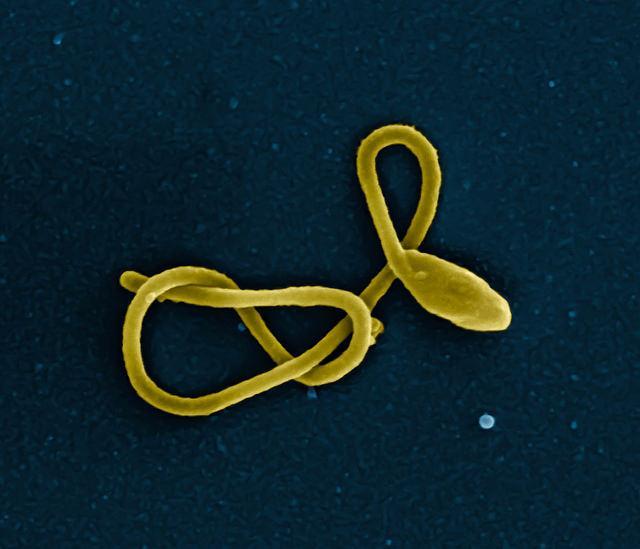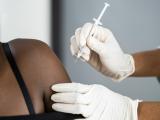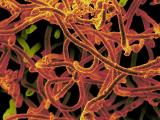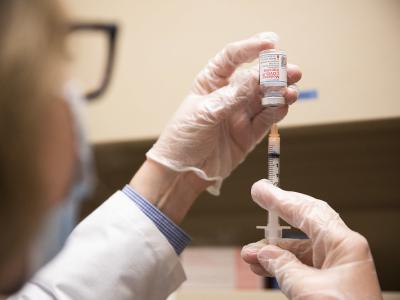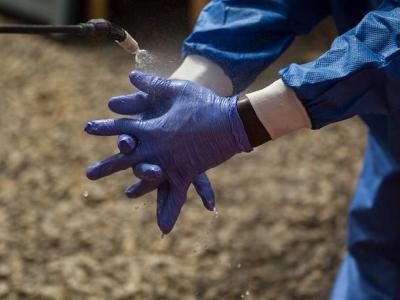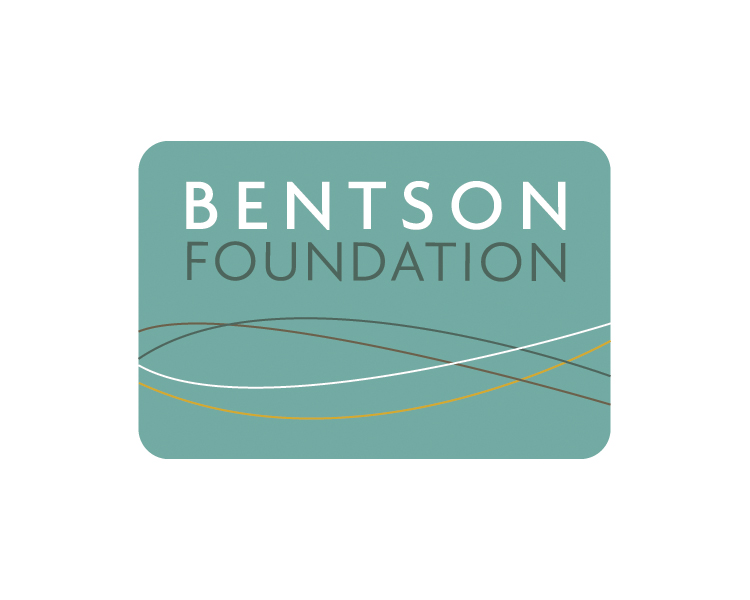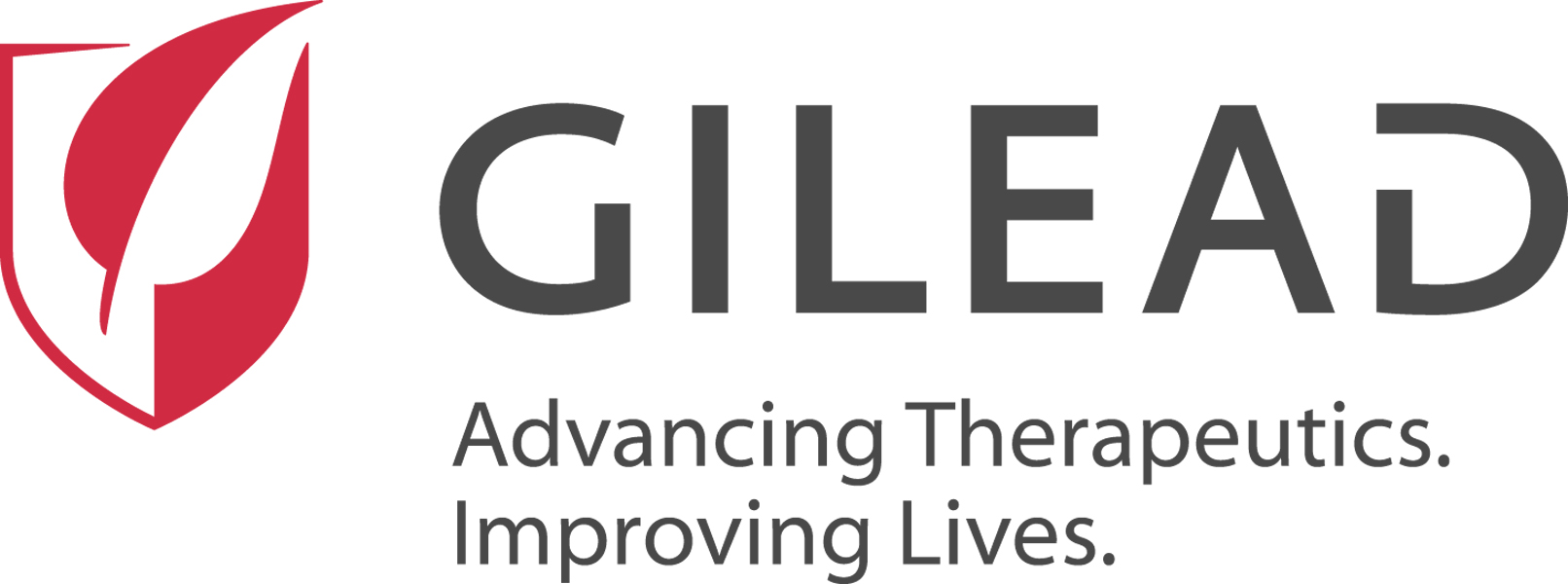Following a 2-day meeting on Ebola response issues earlier this month, the US Presidential Commission for the Study of Bioethical Issues today released a report on its assessment of the US role, along with recommendations for improving its performance both at home and abroad in future health emergencies.
In other Ebola developments, researchers from the US Centers for Disease Control and Prevention (CDC) and their African colleagues shared more lessons from their experiences battling the disease in Liberia, and a British-led team reviewed the topic of hydration in Ebola treatment, which could yield helpful tips for health providers in outbreak areas.
Communication miscues hampered response
The bioethics committee met on Feb 5 and heard from about 15 experts on topics ranging from the ethics of research in outbreak settings to the impact of US policies on affected communities. The following day, committee members held a roundtable discussion to consider possible recommendations.
In a statement from the group today, chairwoman Amy Gutmann, PhD, said the Ebola epidemic exposed big gaps in the nation's ability to respond to global public health emergencies. "A failure to prepare and a failure to follow good science—for example, by not developing vaccines and not supporting health care providers—will lead to needless deaths," she said.
The main findings in the commission's 75-page report are that the United States must strengthen health infrastructure and emergency response capabilities, improve health communications, and weave in ethics expertise at every level of public health emergency planning and response.
Gutmann said, for example, that health officials should be prepared to communicate with the public early and often, using the best scientific evidence. The group had strong words for health officials that imposed extra layers of restrictions on health workers who were returning from the outbreak region: "Needlessly restricting the freedom of expert and caring health care workers is both morally wrong and counterproductive; it will do more to lose than to save lives."
The group made seven recommendations about policy and research. For example, they include strengthening the World Health Organization's (WHO) capacity to respond to global health emergencies through increased funding and collaboration, identifying a single US health official to be responsible for all domestic and international public health emergency response activities, and strengthening the deployment capacity of the US Public Health Service.
Reports describe Liberia case finding, quarantine
Today's issue of Morbidity and Mortality Weekly Report (MMWR) contains several reports from CDC responders and their Liberian counterparts who have been working in the Ebola region, including three items that were not published before as early-release articles.
In one report, authors described rapid interventions that helped curb an outbreak in a remote village that was accessible only on foot and by canoe. The CDC said the outbreak was typical of many rural outbreaks, in which people traveled from affected areas such as Monrovia and sparked outbreaks once they returned home.
The outbreak in the rural Gbarpolu County village began in the middle of September and sickened 22 people, 16 of them fatally, before it ended in December. The authors said poor transportation and communication infrastructure, along with community resistance, delayed the response, but an international team was able to get a handle on the outbreak with interventions that included Ebola education, forming a plan to alert health authorities about new cases, and arranging safe ambulance transport to Ebola treatment units.
In a second report, authors described lessons learned when officials in Liberia's Bong County quarantined a village to stem an Ebola outbreak in late August. Community quarantine can often be controversial and pose logistical problems, and local traditional leaders who were part of the response raised concerns about the availability of medical care and food.
County officials implemented the quarantine, and local, national, and international groups opened a local clinic and arranged to deliver food and psychosocial report. The outbreak wound down after symptomatic patients were removed from the area and the quarantine ended. The authors concluded that though quarantine in low-resource settings is challenging and isolation and contact tracing are still the key response components, quarantines can work if local leaders are involved to make sure the community's needs are met.
In the third report, responders described how a traditional council of village chiefs in a remote part of Rivercress County helped with case reporting. An outbreak occurred there in the mid- October when a woman got sick after arriving from Monrovia.
Possible contacts fled into the forest, and health responders feared they would return to small villages that didn't have cell phone service or roads. They turned to a council of chiefs and other community members to hear their concerns and engage them in the process of case finding. The chiefs task force appointed people in all of the region's villages to survey all members each day to see if any were ill with Ebola symptoms. Village representatives reported in every 2 days, even if there were no cases, and the district health team followed up when possible cases were reported.
Responders found a high level of acceptance in the community. One suspected case and one death were reported, but neither was from Ebola.
Rehydration findings, case counts
- Authors writing in a Cochrane Review report today compared different methods of giving fluids to people who are too sick to drink enough, with the goal of sharing lessons for health workers in the Ebola epidemic region. Ebola patients often lose copious amounts of fluids through severe vomiting and diarrhea, and many patients die from dehydration. Authors looked at getting fluids into a vein (intravenously), into bone marrow (intraosseously), into fatty tissue under the skin (subcutaneously) or into the abdominal space (intraperitoneally). They examined 17 studies that included 885 people. In a press release from the journal's publisher, Katharine Ker, MSc, of the London School of Hygiene and Tropical Medicine, said that if intravenous access can be achieved easily, it should be used, because it allows larger volumes of fluid to be infused. However, if IV access isn't possible, intraosseous or subcutaneous routes are the next best options.
- The WHO said today that the number of confirmed, suspected, and probable Ebola infections in the three hardest hit countries has grown to 23,781, including 9,637 deaths. The latest numbers reflect cases reported from Guinea and Sierra Leone as of Feb 24 and Liberia as of Feb 23. Today's total shows 87 more illnesses and 48 more deaths than the WHO's total from yesterday.
See also:
Feb 26 Presidential Commission for the Study of Bioethical Issues press release
Presidential Commission for the Study of Bioethical Issues Ebola report
Feb 26 MMWR report on rapid Ebola response in remote Gbarpolu County, Liberia
Feb 26 MMWR report on community Ebola quarantine
Feb 26 MMWR report on Ebola finding using chieftan's task force
Feb 26 Wiley press release
Feb 26 Cochrane Library abstract
Feb 26 WHO update
